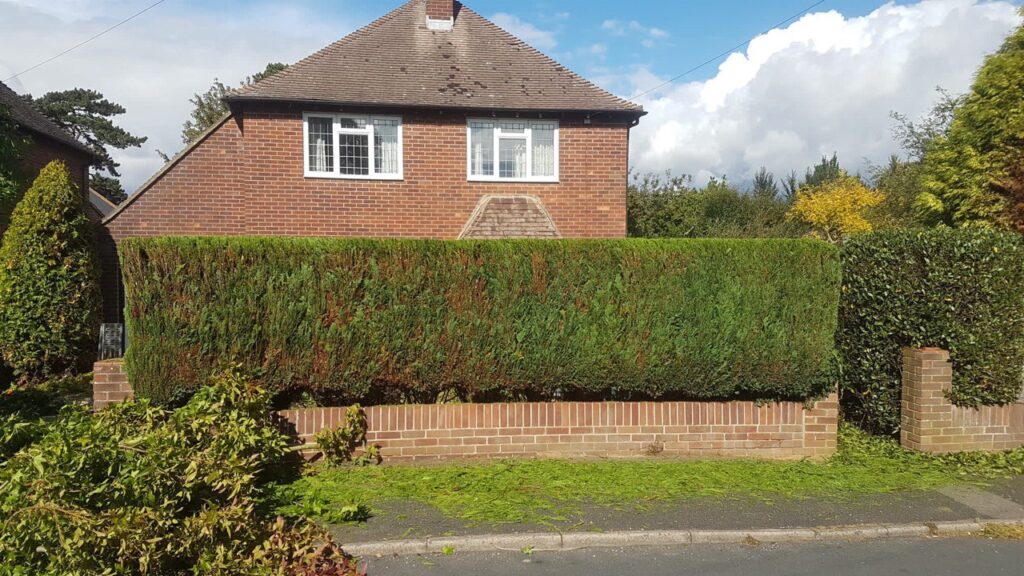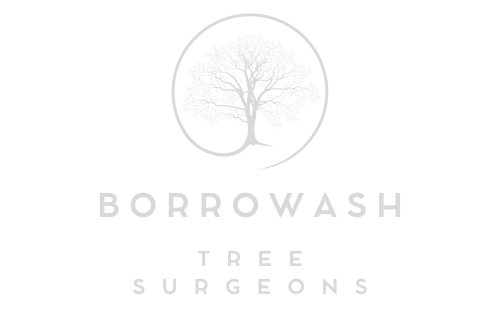Tree Crown Reduction: Planning for Success
Introduction: Tree crown reduction is a vital technique in arboriculture aimed at improving trees’ health, safety, and aesthetics. Proper planning is essential to ensure the process is carried out effectively. Here’s how you can plan for success when undertaking tree crown reduction:
- Assessment of Tree Health
Before starting any work, assess the tree’s overall health. Look for signs of disease, pest infestation, or structural issues affecting the reduction process. Healthy trees respond better to pruning and are more likely to recover quickly.
- Identify Objectives
Define your objectives for the crown reduction. Whether you aim to reduce shading, improve light penetration, or enhance the tree’s shape, clearly outline what you aim to achieve. This will help determine the extent of reduction required.
- Consultation with an Arborist
Consider consulting a qualified arborist, especially for larger or more complex jobs. They can advise on the best approach, ensure safety, and maintain the tree’s health. Arborists can also identify any specific regulations or permits required for tree work in your area.
- Timing
Timing is crucial for tree crown reduction. It is generally best done during the tree’s dormant season, typically late autumn to early spring. To minimise stress on the tree, avoid carrying out reductions during periods of active growth or flowering.
- Tools and Equipment
Ensure you have the appropriate tools and equipment for the job. This includes pruning saws, secateurs, loppers, and a chainsaw for larger branches. Safety equipment such as helmets, gloves, and safety harnesses should also be readily available and in good condition.
- Techniques
Please select the appropriate pruning techniques based on the tree species and its growth characteristics. Crown reduction should aim to maintain the tree’s natural shape while reducing its size. Avoid over-pruning, as this can stress the tree and compromise its health.
- Disposal of Debris
Plan for the responsible disposal of pruning debris. This may involve chipping smaller branches for mulch or arranging for larger branches to be recycled or disposed of safely. Clearing debris promptly helps prevent disease and pests from affecting the tree.
- Post-Reduction Care
After completing the crown reduction, monitor the tree for signs of stress or complications. If necessary, provide adequate water and nutrients to support recovery. Regular inspections by an arborist can ensure the tree remains healthy and continues to thrive.
Conclusion: Effective planning is key to achieving successful tree crown reduction. By assessing tree health, setting clear objectives, consulting with professionals as needed, and using proper techniques and tools, you can enhance the vitality and beauty of your trees while ensuring their long-term health.
Call us on: 01332 215 097
Click here to find out more about Borrowash Tree Surgeons
Click here to complete our contact form and see how we can help you with your tree’s needs.

